
Enhancing Wireless Network Performance Through Cross-Layer Protocol Stack Solutions
An international team, including researchers from the Russian Academy of Sciences Institute for Information Transmission Problems, HSE University, and Shanghai Jiao Tong University, analysed the approaches used to optimise the data transfer rates of TCP and QUIC protocols in high-frequency wireless networks. According to the scientists, cross-layer solutions provide the highest gains in data transfer rates. The paper has been published in IEEE Communications Surveys & Tutorials, one of the most influential international journals in the field of telecommunications, boasting an impressive impact factor of 35.6.

Card Index: 'Success and Self-Sustainability of the Individual in a Changing World'
To achieve success and well-being, a modern person needs to keep up with ongoing social, economic, technological and cultural changes. However, in order to adapt to these, you need to be competent, healthy and active, develop cognitive abilities, acquire new skills and maintain friendships. All of this can expand people’s capabilities, revealing their potential. The HSE's unique multidisciplinary strategic project 'Success and Self-Sustainability of the Individual in a Changing World', which brings together educators, sociologists, psychologists, economists, biologists, physicians and digital technology specialists, helps to solve some of these tasks. Working together, they have managed to create a navigation system to improve human achievements for the benefit of the whole of society.

Peacocks, Pepper, and Petrol: The Early History of Imports from Asia
Petroleum for equine care, wood oil for lighting, sandalwood for Easter celebrations, and lemons and olives for entertaining unexpected guests. Russian monasteries often used these and other eastern goods in the period leading up to and during the reign of Peter the Great. Analysing their account books leads to a revision of the traditional assumptions about the primary consumers of oriental goods in Russia. These consumers, in addition to the royal and aristocratic circles, included monastery estates, as discussed in the paper ‘“Three altyns worth of petroleum…”: Oriental goods in Russia at the second half of the 17th and early 18th century’ by historian Arthur Mustafin of HSE University. Based on his paper, IQ.HSE explores the types of goods that were shipped from the East to Russia in the latter half of the 17th to the early 18th century, including the routes and purposes of these shipments.
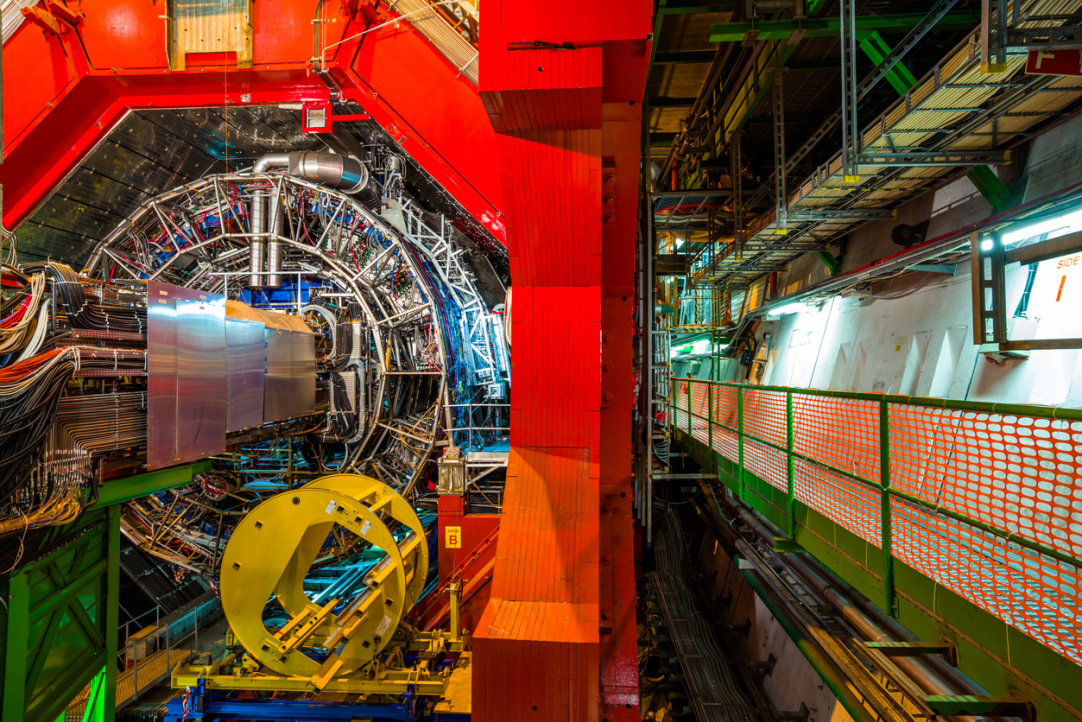
Deep Neural Networks Can Make Particle Physics Experiments Less Costly
An international collaboration including researchers from the HSE Faculty of Computer Science has proposed a new approach to designing detectors used for experiments in elementary particle physics. The novel approach, which involves differentiable programming and deep neural networks, will optimise the instruments’ performance and enhance the scientific value of the experimental results.

Caring for Loved Ones Motivated Young People to Wear Masks and Wash Their Hands More Often during Pandemic
Researchers from the HSE University in St Petersburg have found out what motivated young people to comply with the recommended quarantine measures during the pandemic. It turned out that willingness to protect their loved ones had the greatest effect on their behaviour. At the same time, fear of fines for not wearing masks and gloves in public places did not affect behavior in any way. The results of the study were published in the International Journal of Adolescence and Youth.
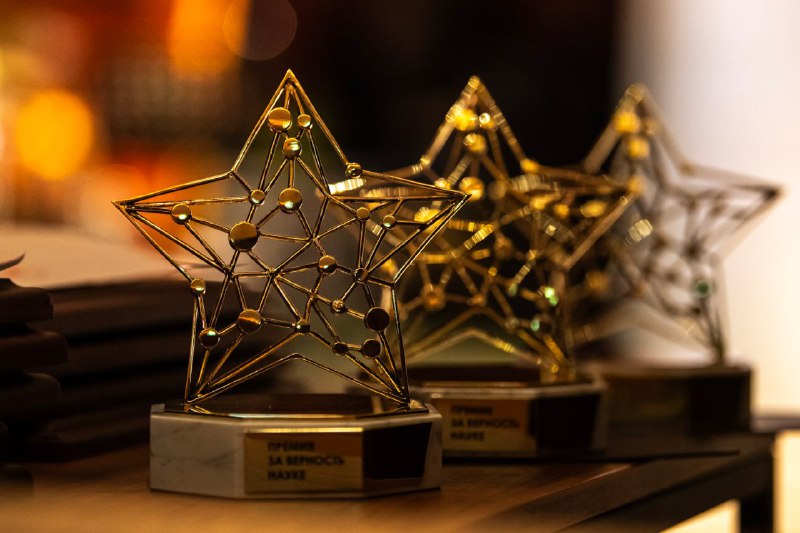
IQ.HSE English-language Website and HSE’s 2052: See the Future Documentary Win Science Journalism Award
On October 26, Zaryadye Concert Hall hosted an award ceremony to honour the winners of the 9th all-Russia prize 'For Loyalty to Science' awarded by the Russian Ministry of Education and Science for achievements in the fields of science journalism, education, and science communication. This year, two of HSE's projects were awarded.
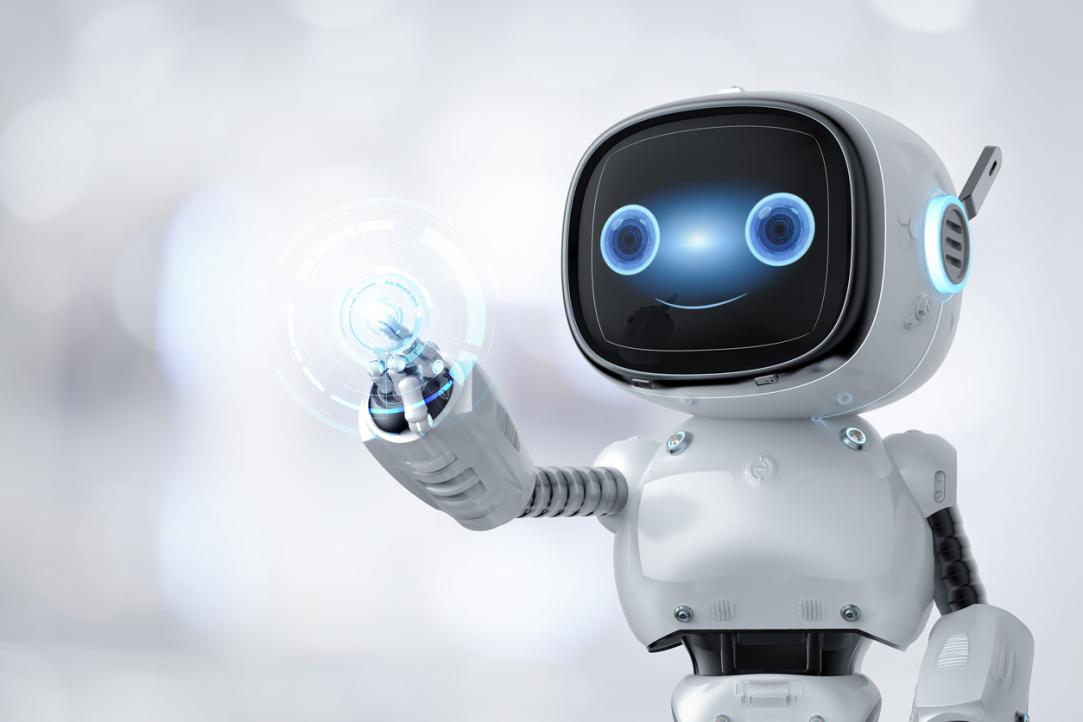
Child Ex Machina: What Artificial Intelligence Can Learn from Toddlers
Top development teams around the world are trying to create a neural network similar to a curious but bored three-year-old kid. IQ.HSE shares why this approach is necessary and how such methods can bring us closer to creating strong artificial intelligence.
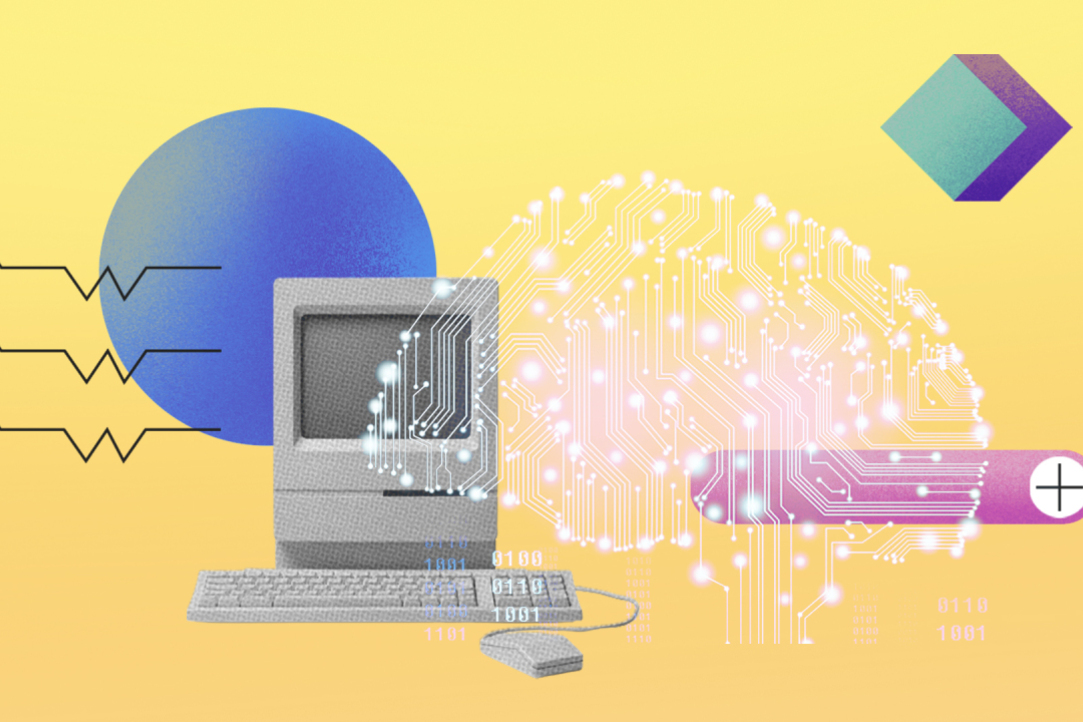
Machines with Common Sense
'Intelligence is ten million rules,' said Douglas Lenat, one of the creators of artificial intelligence (AI). For nearly four decades, he worked to instil 'common sense' in computers, painstakingly describing hundreds of thousands of concepts and millions of relationships between them.
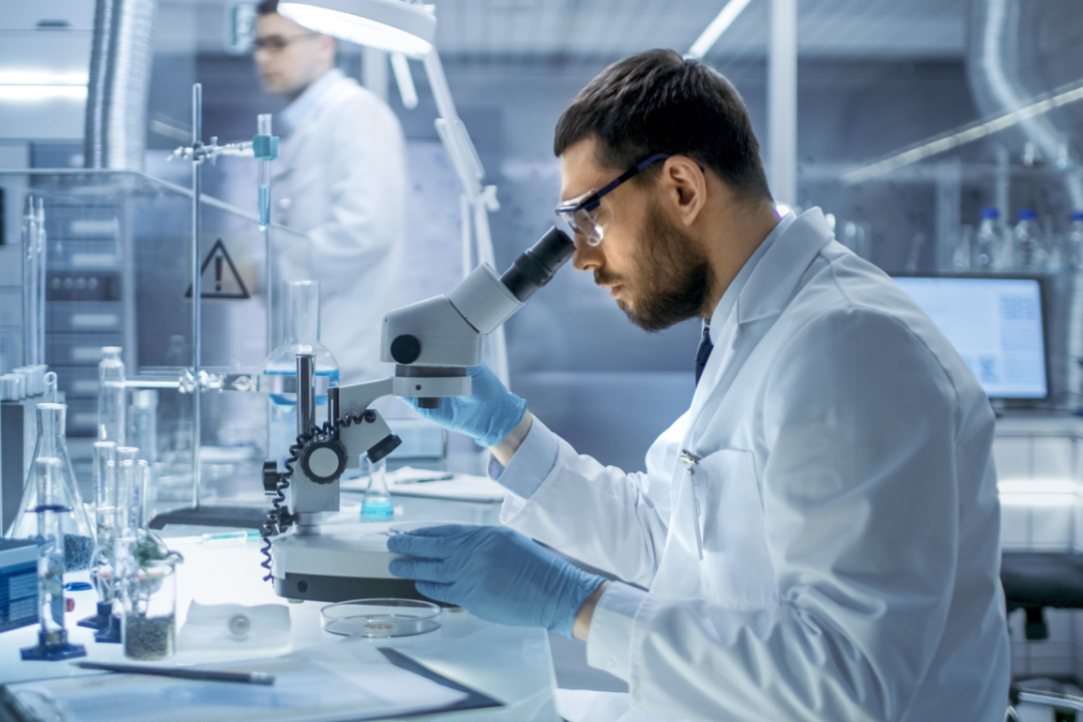
Scientists Have Developed a Model of Malignant Prostate Tumour and Used It to Test Drug Efficacy
Researchers from HSE University and the Russian Ministry of Health National Medical Research Radiological Centre have successfully generated a three-dimensional laboratory model of prostate cancer and used the model for testing an anti-tumour drug. In the future, this approach has the potential to significantly enhance the efficacy of cancer treatment for patients. The study’s findings have been published in Cancer Urology.
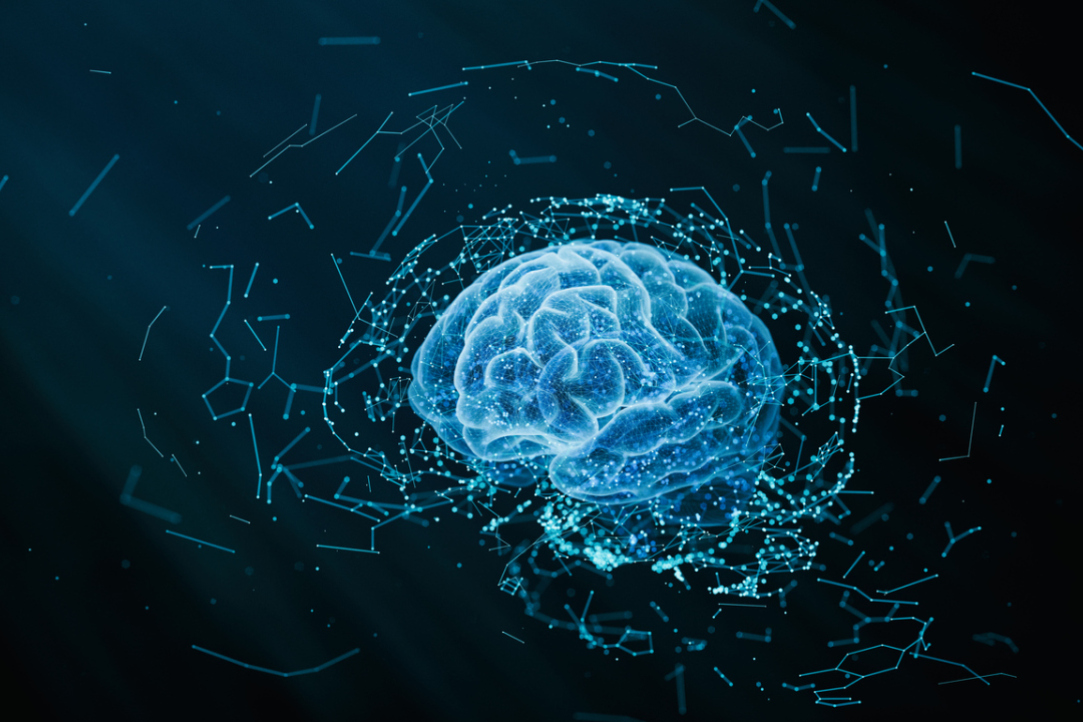
The Brain Is a Network of Networks. Scientists Have Found a Way to Unravel Them
A team of researchers from HSE University and the Artificial Intelligence Research Institute (AIRI) have demonstrated the effectiveness of the PSIICOS method they had previously developed for non-invasive mapping the neural networks in the brain based on its electrical activity. Unlike other methods, it does not search for individual neuronal sources to be then combined into networks but instead looks directly for the functional networks of interconnected neuronal populations—and does so swiftly and accurately. The study findings have been published in NeuroImage.

